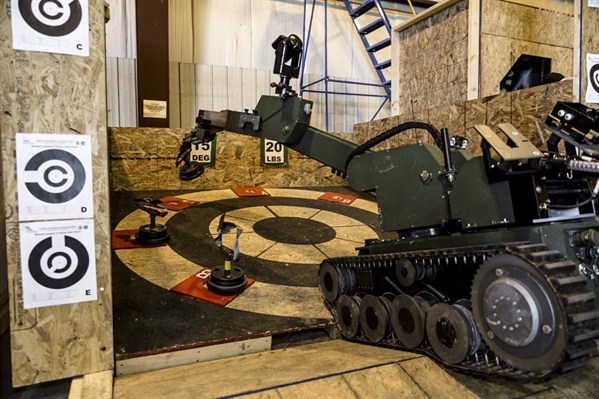The U.S. Navy and Air Force have begun preliminary work on developing a sixth-generation unmanned fighter. In an email interview, Peter Singer, a senior fellow at the New America Foundation and co-author of “Ghost Fleet,” discussed the next generation in U.S. military technology.
WPR: What are some of the already operational next-generation U.S. military technologies that emerged from, or were accelerated by, the U.S. wars in Iraq and Afghanistan?
Peter Singer: In some ways you can think of Iraq and Afghanistan as akin to World War I, where a number of science fiction-like technologies made their bones. Back then it was things like the airplane or the tank, today it's weapons like the MQ-9 "Reaper" drone or ground robotics like the Packbot system, made by iRobot, itself a real company whose name is inspired by science fiction.

